ON LAKE SUPERIOR — Researcher Jay Austin and crew members of the Blue Heron used a crane to lower a weather buoy into Lake Superior off the shore of Two Harbors earlier this month. Then they dumped a pair of steel train wheels overboard to anchor the maroon and gold buoy as it transmits real-time data to shore until it is retrieved in the fall.
The Blue Heron, a former Atlantic Ocean fishing boat repurposed into a research vessel for the University of Minnesota Duluth’s Large Lakes Observatory, will return to the lake in a few weeks to deploy two more buoys that will, like the first, relay basic weather conditions. However, those two will also be able to measure water temperature down to a depth of 40 meters and measure waves.
The buoys are part of a network across the Great Lakes that provides the National Weather Service with offshore conditions, feeds data-hungry forecast models, gives researchers access to valuable data and allows anyone to check real-time conditions before they go for a swim or take out their boat.
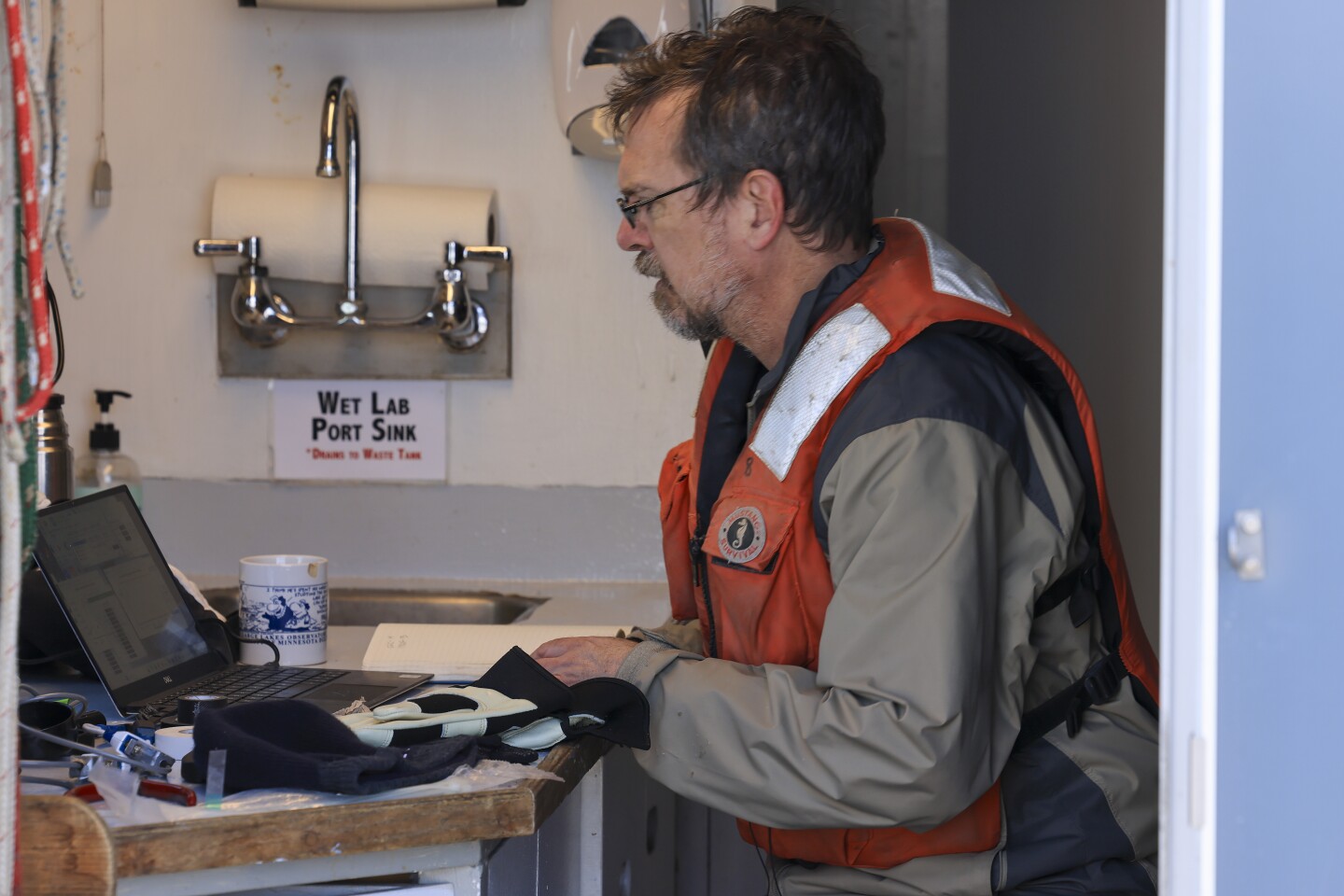
“So much of the stuff I put out here will be available at the National Data Buoy Center — assuming they exist next week — for free,” said Austin, a professor at UMD's Department of Physics and Astronomy and Large Lakes Observatory. “They don’t pay me anything to provide that data to them. I provide it to them as a service. I do that because the Great Lakes Observing (System), or (U.S. Environmental Protection Agency), or Sea Grant, or whatever, funds me to do that.”
However, like anything receiving federal funding these days, the future of Great Lakes research is uncertain.
The Trump Administration's Office of Management and Budget proposed slashing the National Oceanic and Atmospheric Administration's 2026 budget by 27% — from $6.1 billion to less than $4.5 billion — according to an internal memo obtained by the San Francisco Chronicle and other news organizations.
The memo, a “passback,” is a response by the White House to NOAA’s initial budget request and is not final, but experts say the funding cuts it outlines would jeopardize the future of research on the Great Lakes and the safety of recreational and commercial users on the lakes.
Sea Grant programs, the National Estuarine Research Reserve System, Coastal Zone Management Grants are all not funded in the passback. All of those conduct work in Lake Superior, along its north and south shores, and in the estuary.
The passback also “eliminates all funding for climate, weather, and ocean Laboratories and Cooperative Institutes,” the memo said. That includes the Great Lakes Environmental Research Laboratory in Ann Arbor.
ADVERTISEMENT
Data from Great Lakes buoys are processed at the Great Lakes Observing System, or GLOS — a nonprofit organization housed in NOAA’s Ann Arbor lab — then made public on the Seagull website.
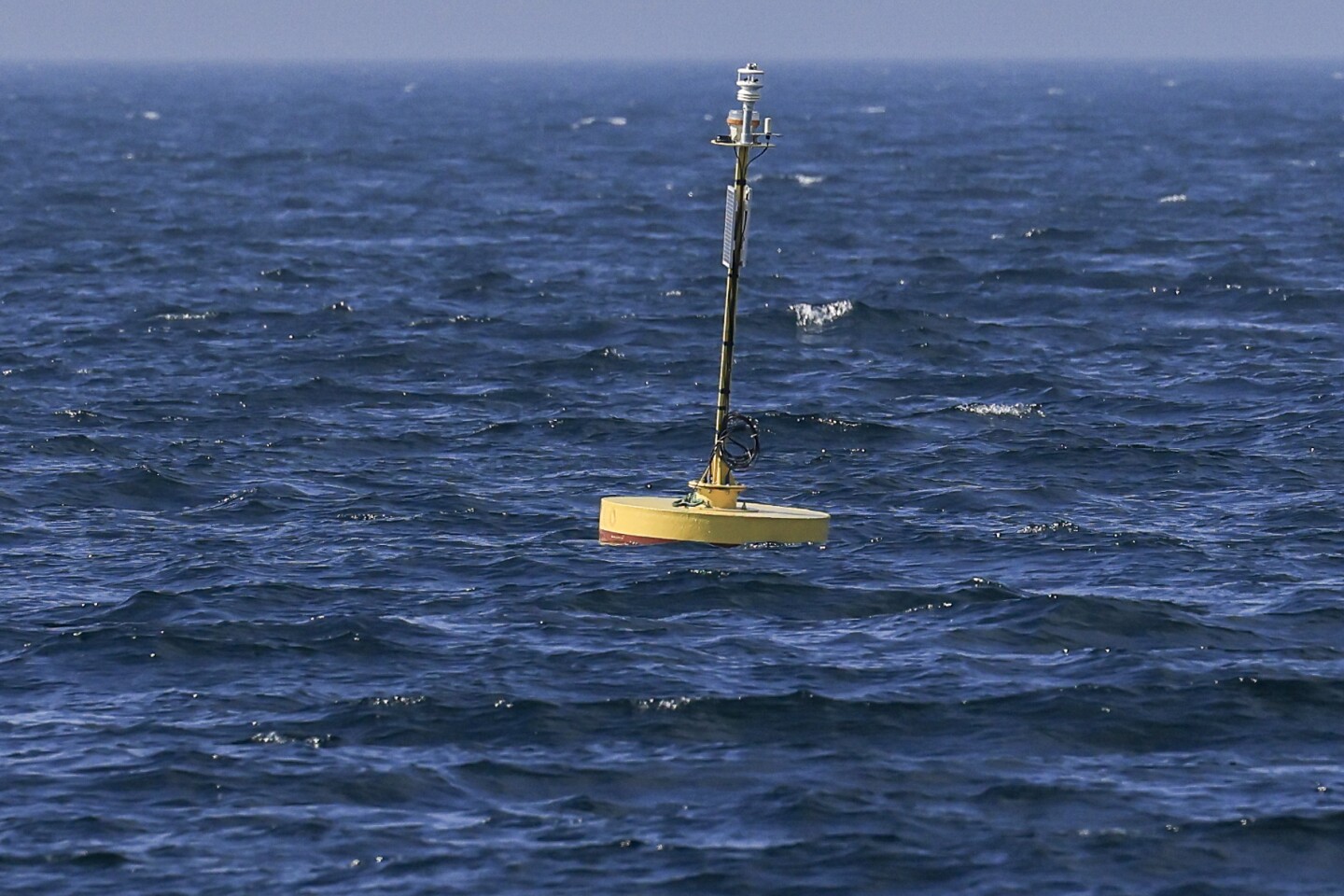
GLOS serves as the Great Lakes’ regional association under NOAA’s Integrated Ocean Observing System. However, the passback “provides no funding for the Integrated Ocean Observing System Regional Observations,” according to the memo.
“If that were to happen, we would have to pull instruments from the water,” said Jennifer Boehme, CEO of GLOS. “We would have to take a look at how much we can continue to support Seagull with live observations and Seagull could go dark because we would no longer have the funding to support that.”
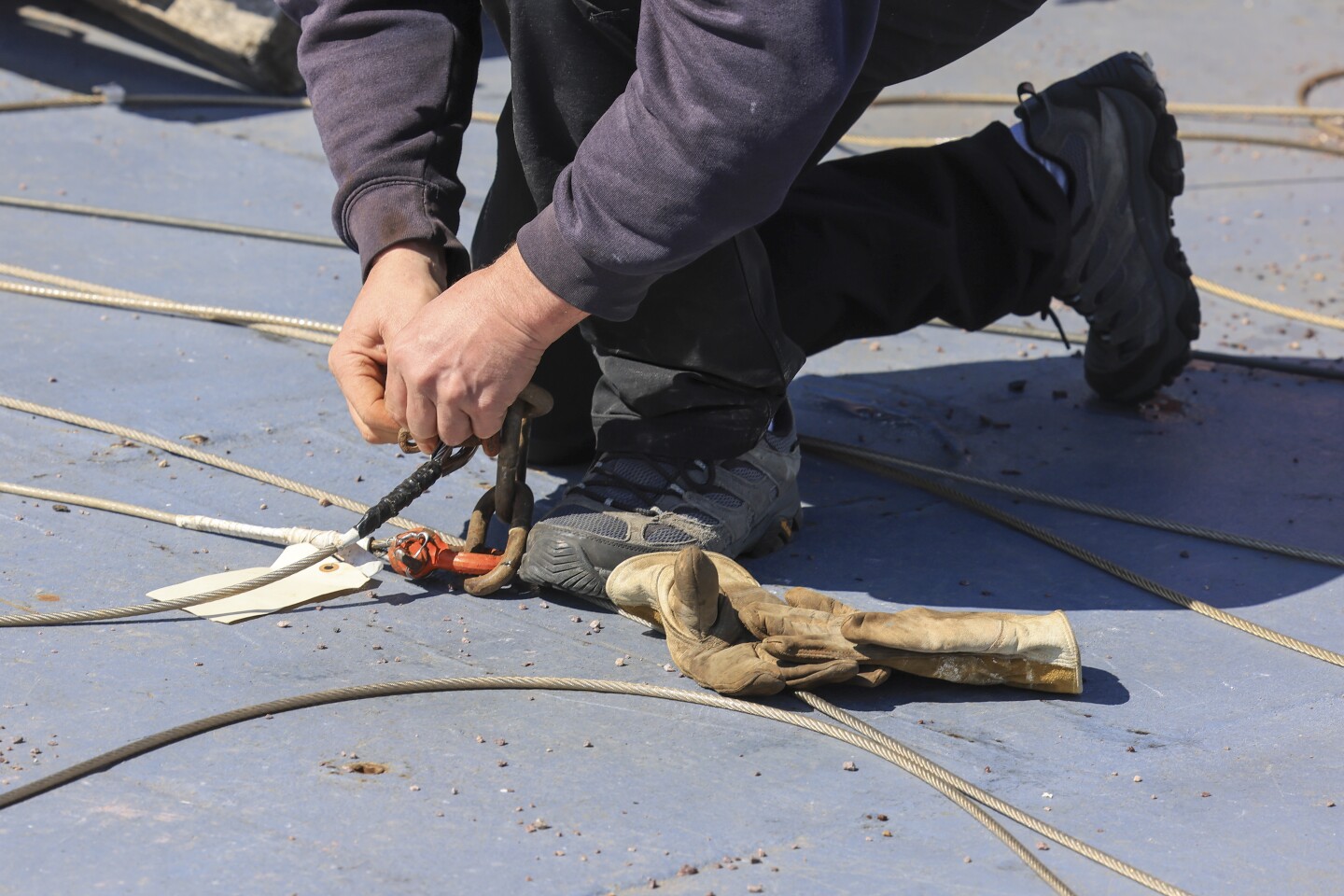
Boehme said the organization received almost its entire $4 million budget from NOAA grants to cover basic operational expenses, develop flood models and install “cutting-edge sensors into different locations for monitoring purposes.” The grants, among other uses, also help the organization monitor harmful algal blooms and coastal flooding, she added.
Both Boehme and Deanna Erickson, director of the Lake Superior National Estuarine Research Reserve in Superior, said they expect cuts could take effect in 2025 and not wait until 2026.
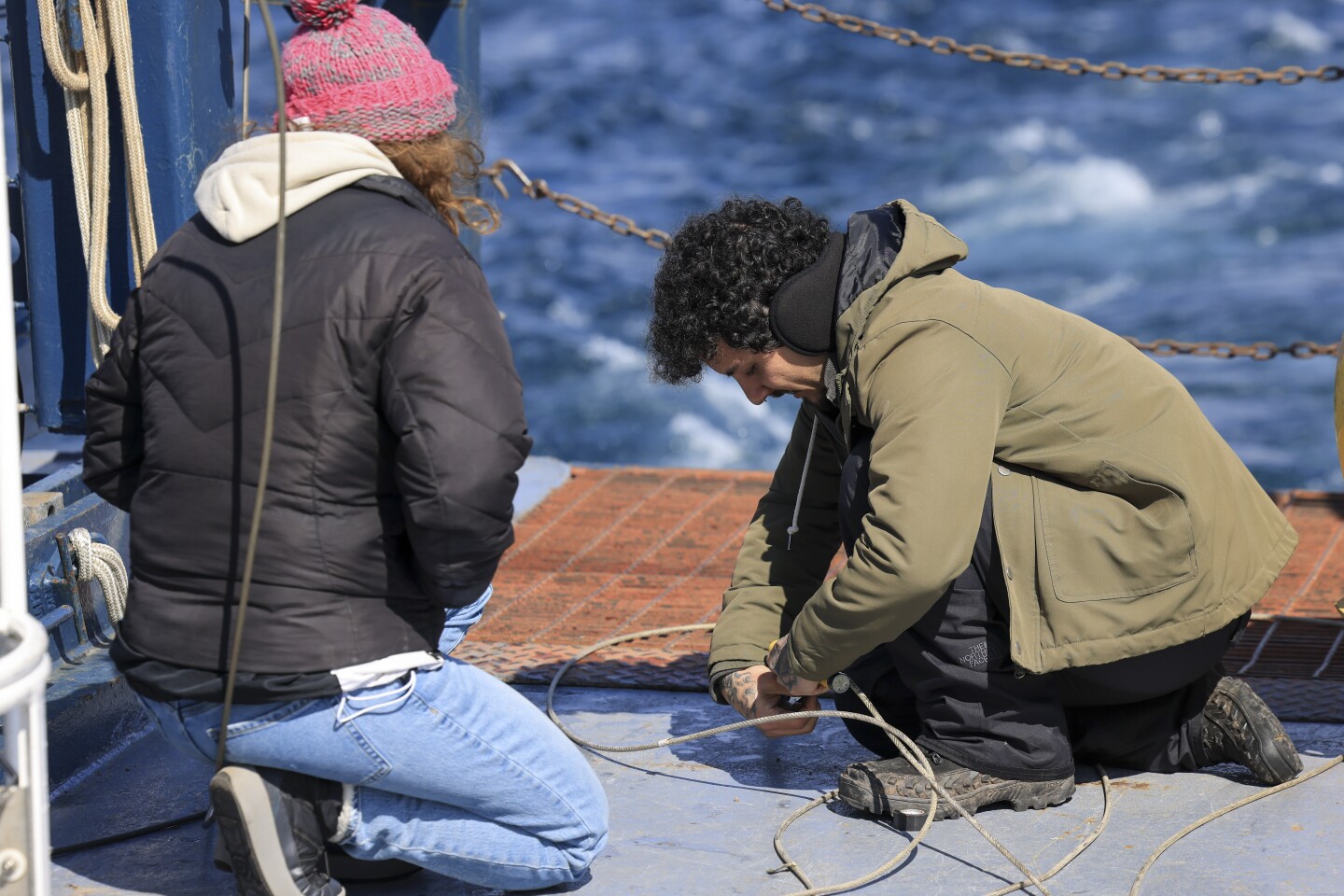
The passback memo said the Office of Management and Budget expects the Department of Commerce, which NOAA belongs to, “will exercise all allowable authorities and flexibilities to align the 2025 operating plans with the 2026 Passback” and shift funds from what’s cut “to areas that are protected or increased.”
The Lake Superior Estuarine Research Reserve, a center of the University of Wisconsin-Madison Extension and part of NOAA’s National Estuarine Research Reserve System that is set to be cut under the passback, is appropriated $881,000 from NOAA with a 30% match from UW-Madison, Erickson said.
ADVERTISEMENT
The research reserve also has $4.7 million in grant awards, primarily from NOAA, with some funding also coming from the Great Lakes Restoration Initiative.
“That’s what enables us to track algae blooms, to track short- and long-term changes in water health,” Erickson said of NOAA funding.
Erickson said the Research Reserve, together with Sea Grant, the EPA, the Fond du Lac Band of Lake Superior Chippewa and other partners, “form an interconnected web that gets this work done, that brings economic benefits at a really efficient rate to our community and all of those pieces working together is really beneficial to Lake Superior, to the St. Louis River Estuary.”
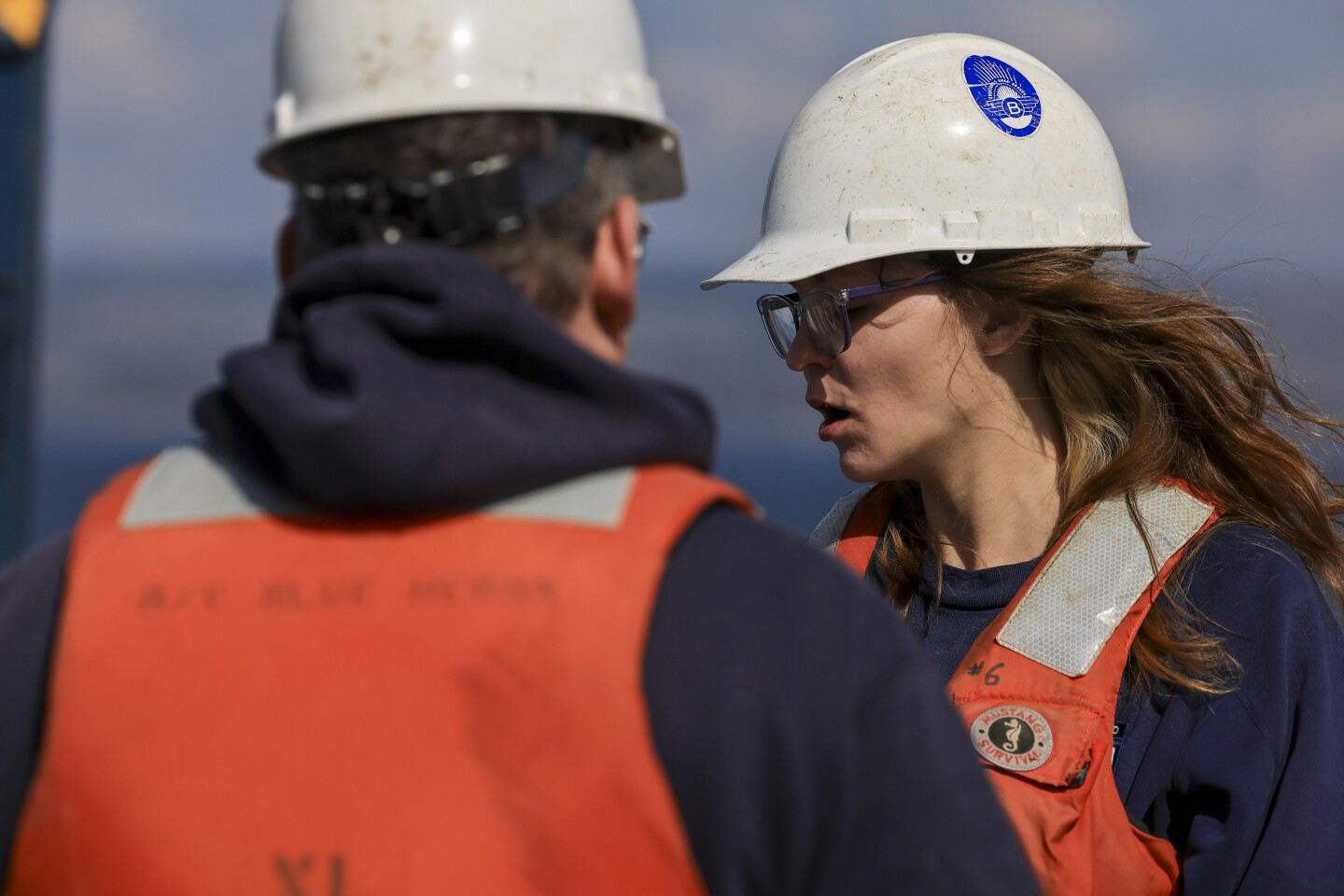
John Downing, director of the Minnesota Sea Grant at the University of Minnesota, said during President Donald Trump's first term, his administration “gave Sea Grant a zero budget every one of those four years.”
“And because Congress is charged with actually handing out funds, Congress put us back into the budget every one of those four years,” Downing said. “So it comes as really little surprise, and we’re aware that people are trying to cut costs in a variety of places.”
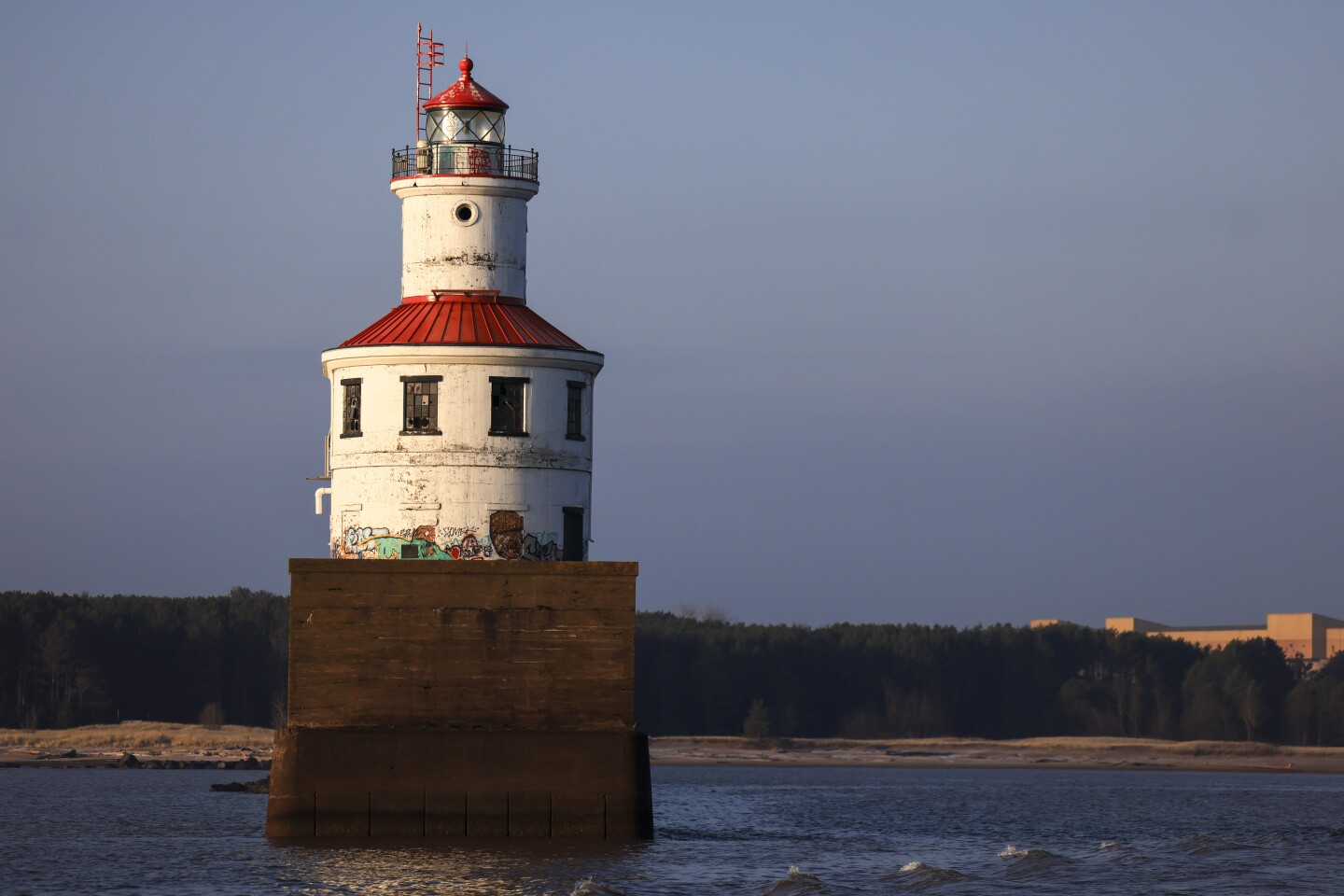
NOAA provides $1.5 million in funding annually to the Minnesota Sea Grant, and Downing is trying to make the case that every dollar spent with Sea Grant is worth it. According to Downing, for every dollar Sea Grant receives, it's leveraged 35 times.
Sea Grant, like the other Great Lakes organizations receiving NOAA funding, works on Lake Superior buoys, water science and recreational safety. It also helps establish or boost industries like maritime tech and aquaculture in the state.
ADVERTISEMENT
But Downing said, unlike the first Trump term, “things are more complicated now.”
Still, he said, everyone in Minnesota’s Congressional Delegation — both Republicans and Democrats — supports Sea Grant.
The Wisconsin Sea Grant declined an interview request.
Democratic U.S. Sens. Tammy Baldwin, of Wisconsin, and Amy Klobuchar and Tina Smith, of Minnesota signed a letter last month to Vice Admiral Nancy Hann, NOAA’s acting administrator, urging continued support for NOAA funding for the Great Lakes.
The office of U.S. Rep. Tom Tiffany, the Republican congressman who represents Northwestern Wisconsin and the South Shore of Lake Superior, said in a statement Thursday that the impacts of the budget were unclear, noting it was still a proposal.
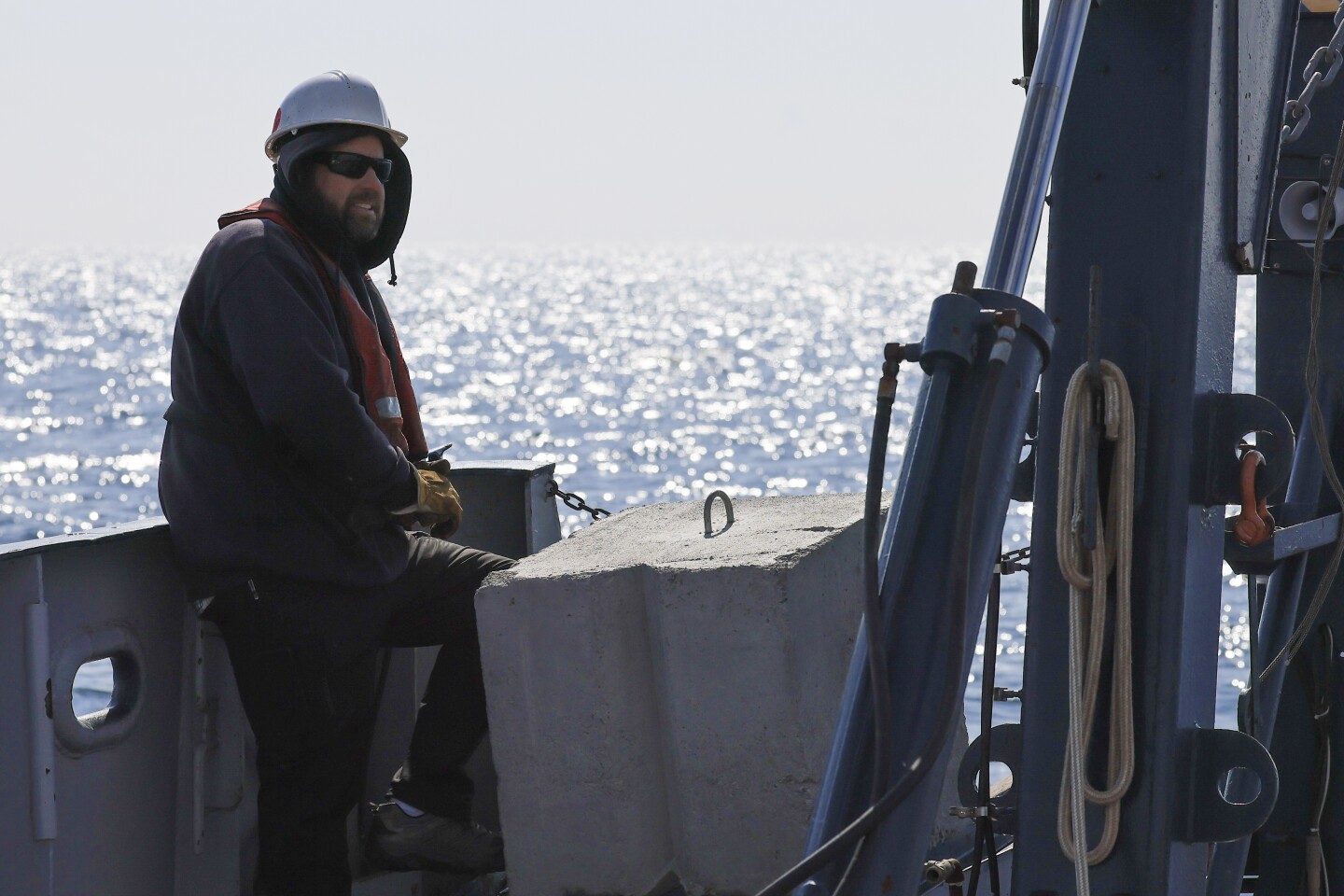
“Representative Tiffany recognizes the value of NOAA’s work in the Great Lakes region and is reviewing the proposed budget closely,“ his office said in an emailed statement.
U.S. Rep. Pete Stauber, a Republican from Hermantown, and U.S. Sen. Ron Johnson, R-Wis., did not respond to the News Tribune on whether they supported the cuts outlined in the NOAA passback memo.
ADVERTISEMENT
Larry MacDonald, the former mayor of Bayfield and chair of the Wisconsin Coastal Management Council, said he wants the public to reach out to U.S. senators and representatives “to encourage them to leave us alone.”
The Wisconsin Coastal Management Program provides funding for coastal wetland protection, trails, playgrounds, handicap-accessible facilities and other work along the state’s Lake Superior and Lake Michigan shorelines.
But NOAA’s passback would eliminate those funds.
“In another year or two,” MacDonald said, “it’ll be a very sad time if there’s no coastal management program dollars being distributed on Lake Michigan and Lake Superior.”
Austin, the UMD researcher, said without federal funding, there aren’t enough state and private funds to replace what would be lost.
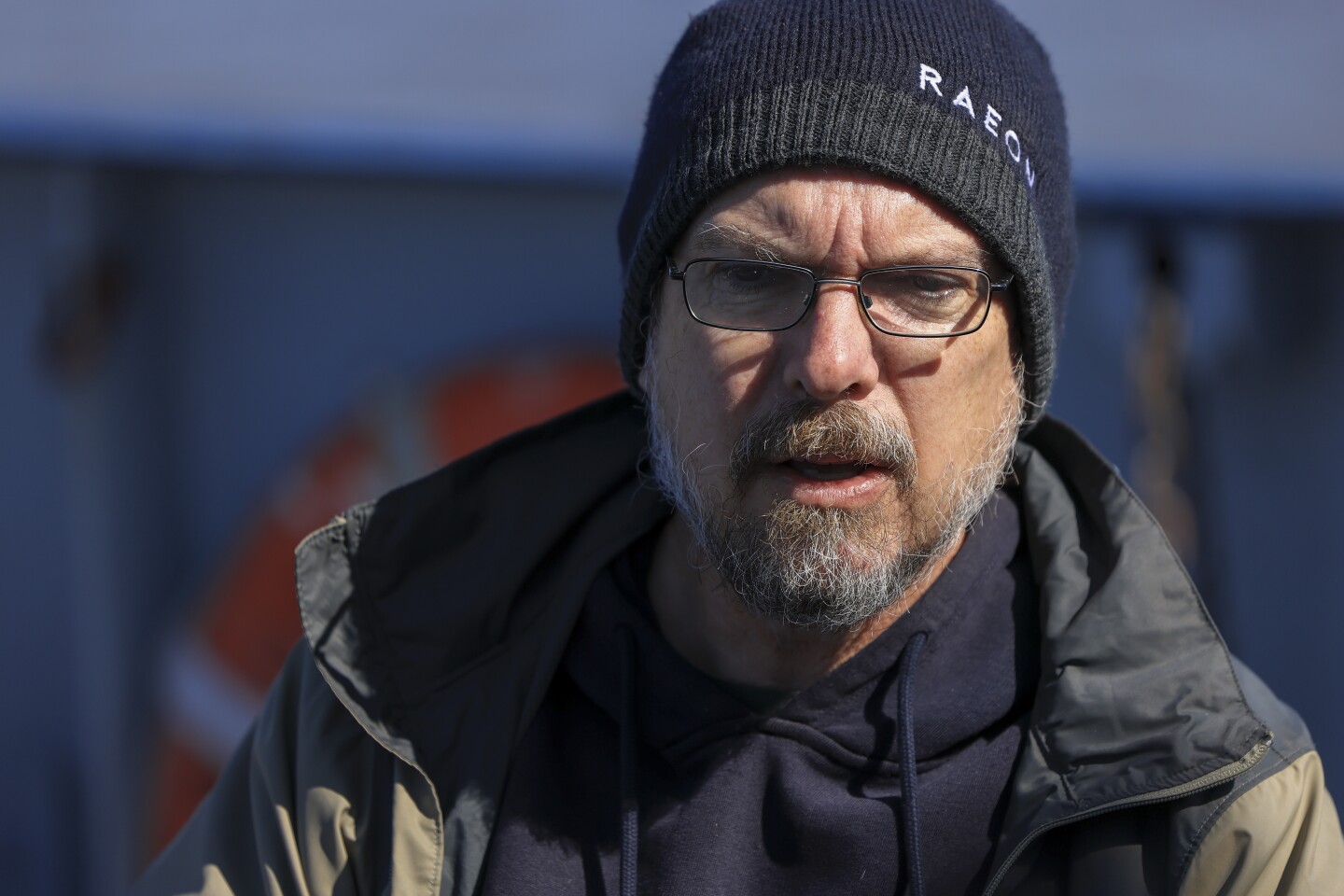
“We do not have a culture of privately-funded research in the Great Lakes,“ Austin said.
As the Blue Heron sailed back to port and approached the Superior Entry, Austin gestured toward a handful of small fishing boats off the shore of Minnesota Point on a relatively calm Lake Superior.
ADVERTISEMENT
“They’re out here today because they looked at an app yesterday that said it’s going to be a nice day … they’re probably looking at the wind off of our buoys in the morning,” Austin said.


















